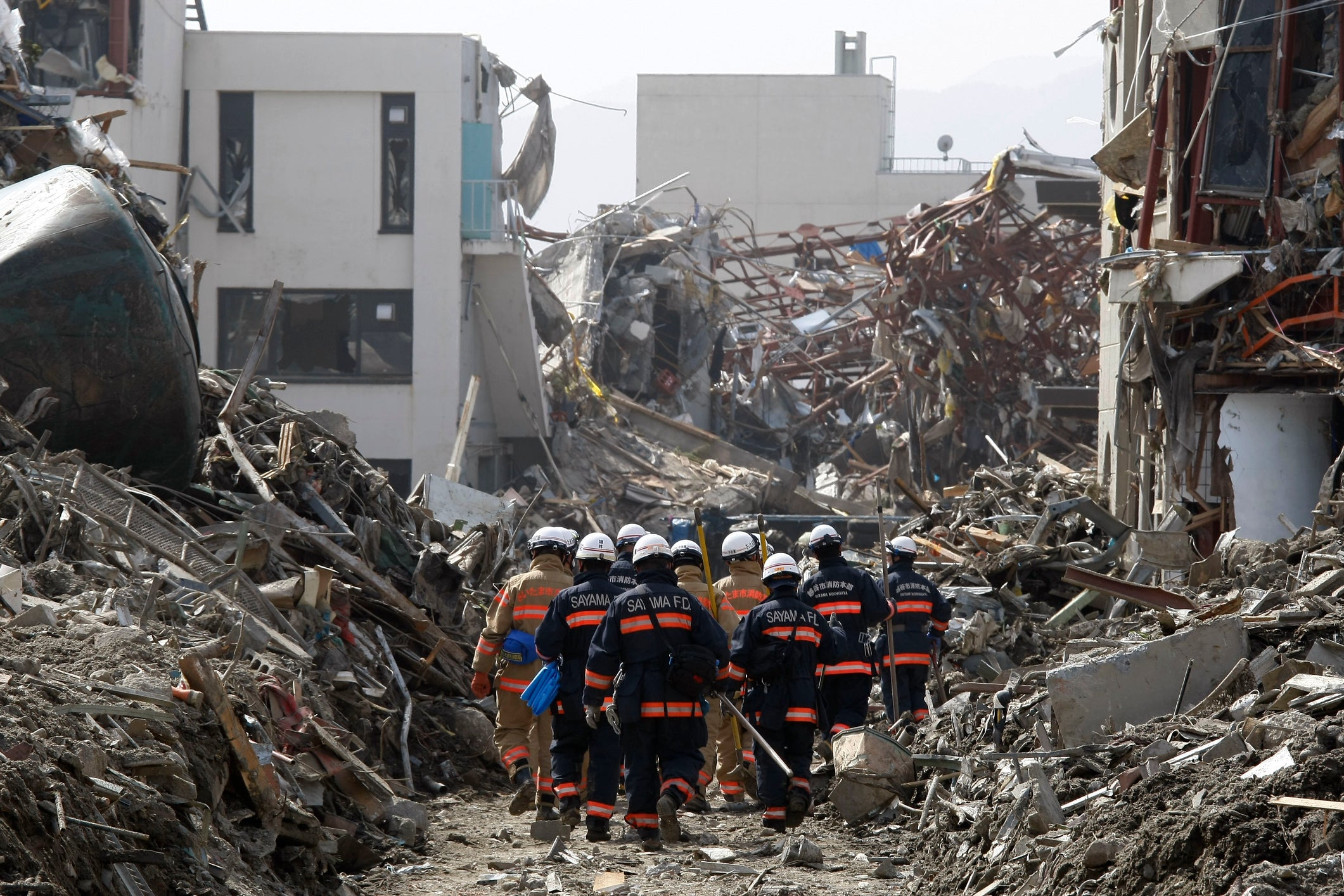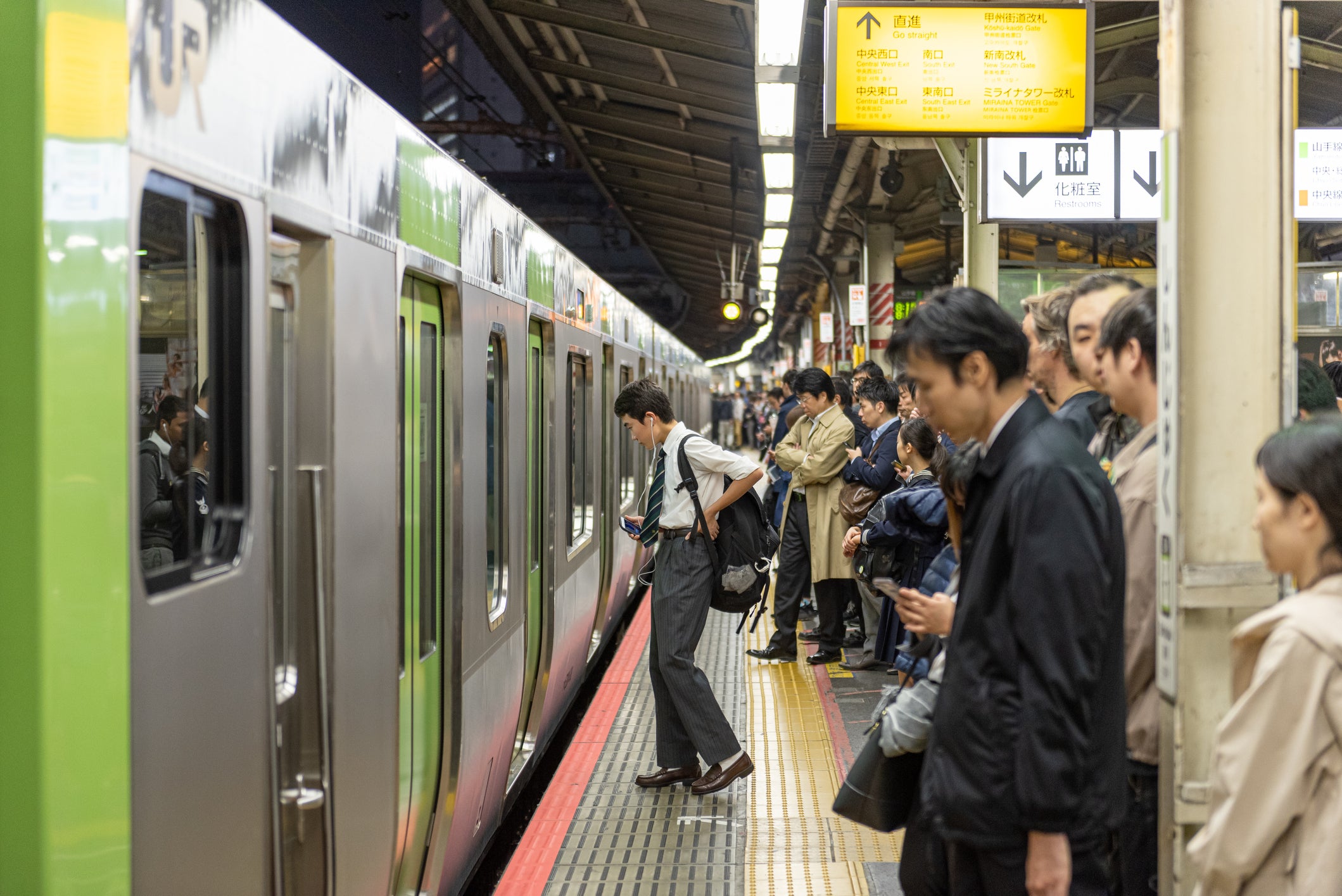How to store emergency goods and how often to check them: important steps to prepare for disasters
table of contents
Introduction
[How to store disaster prevention goods]
[Frequency of inspection of emergency goods]
summary
Introduction
When a disaster strikes, having the right emergency supplies plays an important role in protecting life and property. However, proper storage of emergency goods and regular inspection are essential to maximize their effectiveness. In this article, we will explain in detail how to properly store disaster prevention goods and how often to inspect them.
[How to store disaster prevention goods]
1. Selection of storage location
1-1 Choose an appropriate indoor space
Keep emergency supplies indoors as much as possible. The indoor heat retention is high, and the humidity and temperature changes are small, so the risk of deterioration and damage can be reduced.
Choose a dry location, such as a closet, closet, or storage space. Damp areas (e.g. bathrooms, basements) should be avoided.
1-2 Classification and arrangement of emergency goods
Organize your emergency supplies by category. Separating items into their respective groups, such as food, water, power supplies, lighting, clothing, and first aid kits, makes it easier to locate and inspect storage locations.
By labeling by category, you can quickly find what you need.
1-3 Protect from water and moisture
Disaster prevention goods must be protected from moisture and water. Make sure the area where you store your goods has little risk of leaks or getting wet.
When storing goods, consider taking waterproof measures such as waterproof containers or plastic bags. It is also effective to use a dehumidifier to absorb moisture.
1-4 Periodic inspection and arrangement
The place where disaster prevention goods are stored should be regularly inspected and organized. Remove expired food and water, depleted batteries, etc., and replenish necessary items.
2.Block sunlight
2-1 Choose a location that avoids direct sunlight
It is important to choose a location that is not exposed to direct sunlight when storing emergency supplies. Avoid places with strong sunlight such as windows and balconies, and indoor closets, closets, and storage spaces are suitable.
2-2 Use curtains and blinds
If you have windows with direct sunlight, use curtains or blinds to block out the sun. In particular, it is effective to choose curtains and blinds with a UV cut function.
2-3 Use the cover
It is also effective to cover containers and boxes that store disaster prevention goods with covers that block sunlight. The direct effects of sunlight can be reduced by using clear plastic covers or cloth covers.
2-4 Consider the placement of the storage area
When storing disaster prevention goods, be careful not to place them in a place exposed to sunlight. It's important to place your merchandise in places that are less affected by sunlight, such as the back of a closet or inside a storage box.
3. Ease of access
3-1 Choose a location close to general living space
The best place to store emergency supplies is close to the space that your family and cohabitants use on a daily basis. For example, an entryway, a living room, or a bedroom. This allows quick access to the goods in an emergency.
3-2 Make storage space easier to use
It is important that the space for storing disaster prevention goods is easy to use and organized. Use shelves and drawers to organize your stuff and make it easy to find so you can quickly find what you need.
3-3 Labeling and installation of manuals
It is convenient to place labels and manuals in storage areas and storage boxes for disaster prevention goods. It becomes clear which goods are stored where, and you can access them without hesitation when you need them.
3-4 Consider the portability of goods
In the event of a disaster, it may be necessary to relocate. Consider using portable storage bags or containers to keep emergency supplies easily accessible. It makes it easier to carry all the items you need together.
3-5 Sharing and Training with Family and Housemates
Share where you store your emergency supplies and how to access them with your family or housemates. It's important that everyone in the family knows where and how to get emergency supplies so everyone has access to them in an emergency.
4. Importance of sharing
4-1 Promotion of cooperation and collaboration
By sharing information and plans for disaster prevention goods with family members and cohabitants, it becomes possible to cooperate with each other and act collaboratively in the event of a disaster. By sharing, you can not only respond efficiently, but also reduce the burden on each individual.
4-2 Smooth communication in an emergency
Sharing disaster preparedness plans and goods also plays a role in facilitating communication during emergencies. If family members and cohabitants share the location and usage of disaster prevention goods, confusion and uncertainty can be avoided, and information can be shared smoothly and instructions can be conveyed.
4-3 Division of roles and efficient response
Sharing disaster prevention goods and disaster prevention plans promotes division of roles among family members and cohabitants and efficient responses. Each person understands their roles and responsibilities and can act appropriately. Sharing allows you to effectively divide the necessary tasks and steps to optimize your time and resources.
4-4 Sense of security and psychological support
Sharing disaster prevention goods and disaster prevention plans gives family members and cohabitants a sense of security and provides psychological support. Anxiety and fear may heighten during a disaster, but by sharing, we can support each other and increase our ability to face difficult situations.
4-5 Practice and Training Opportunities
Sharing emergency supplies and plans provides opportunities for practice and drills with family members and cohabitants. By sharing, you can conduct regular drills and simulations and improve your ability to respond in the event of a disaster.
[Frequency of inspection of emergency goods]
1. Food and water inspection
1-1 Confirmation of deadline
Disaster prevention foods have expiry dates and expiry dates, so please check them regularly. It should be replaced with new food.
1-2 Check package status
Watch out for damaged food packages or loose seals. If you see any damage or discoloration, the quality of the food may have deteriorated.
1-3 Inspection of individually packaged food
For individually wrapped foods, make sure each package is properly sealed. Any opened packaging must be replaced with a new one.
1-4 Support for special dietary restrictions
In order to accommodate special dietary restrictions and allergies of your family, please check the contents of the disaster prevention food regularly and replenish the necessary items.
2. Water inspection
2-1 Inspection of Dry Cells and Rechargeable Batteries
Dry cells and rechargeable batteries are important for supplying power to disaster prevention equipment and mobile phones in emergencies. Inspect the battery periodically to check the expiration date and charging status. Those that are old or out of charge should be replaced.
2-2 Inspection of portable power supplies and generators
Portable power supplies and generators are used to provide power during extended power outages. Inspect regularly to check fuel and oil levels and perform necessary maintenance. Periodically perform start-up and operation tests, and consider repair or replacement if any problems are found.
2-3 Inspection of solar panel
A solar panel is a device that uses sunlight to supply electricity. Periodically inspect the panel surface for dirt or damage. Clean it if it is dirty and consider repairing or replacing it if it is damaged.
2-4 Inspection of charger and inverter
Chargers and inverters are critical pieces of equipment used to power and charge devices. Inspect periodically to check operation and connection status. If any abnormality is found, repair or replace it.
2-5 Inspection of cables and cords
Make sure that the power supply cables and cords are in good condition. Check for disconnection or damage, and repair or replace as necessary.
2-6 Checking the instruction manual
Powering items come with instructions for use. Check the manual regularly to understand the correct usage and maintenance procedures.
3. Inspection frequency
3-1 Monthly inspection
Let's check disaster prevention goods every month. Check the following items.
Food and Water : Check expiration dates and replace if necessary.
Dry or rechargeable batteries : Check the charge status and recharge or replace if necessary.
Emergency equipment : Check the operation of flashlights, radios, etc. Replace batteries if necessary.
Chemicals and First Aid Supplies : Check for expiration or deterioration and replenish if necessary.
3-2 Semiannual inspection
A more detailed inspection is carried out every six months. The details are as follows.
Food and Water : Double-check expiration dates and replace if necessary. Also, check the condition of the storage container to make sure there are no damages or leaks.
Dry or rechargeable batteries : If not checked, check the charge status and recharge or replace if necessary. Also, clean the battery contacts and check for deterioration or rust.
Emergency equipment : Check flashlights, radios, etc. to check operation, brightness, and reception. Replace batteries and clean as necessary.
Chemicals and First Aid Supplies : Check for expiration and deterioration, and replenish necessary chemicals and first aid supplies. We also check the storage conditions of chemicals to ensure that they are stored at the appropriate temperature and humidity.
3-3 annual inspection
Perform a comprehensive inspection and update once a year. Check the following items.
Full inspection of disaster prevention goods : We inspect all disaster prevention goods such as food, water, batteries, emergency equipment, chemicals, and first aid supplies. Expired or deteriorated items will be replaced and necessary items will be replenished.
Inspection of storage area : Inspect the storage area of disaster prevention goods and keep them tidy. Any necessary repairs or improvements will be addressed. Also, if the storage location has been changed, it will be moved to the new location.
summary
How to store emergency supplies and how frequently they are inspected are important factors in disaster safety and preparedness. Make sure that you are always prepared by performing regular inspections and replacing necessary items. By preparing, storing, and inspecting disaster prevention goods before a disaster strikes, you can ensure safety and peace of mind in your life during a disaster.








